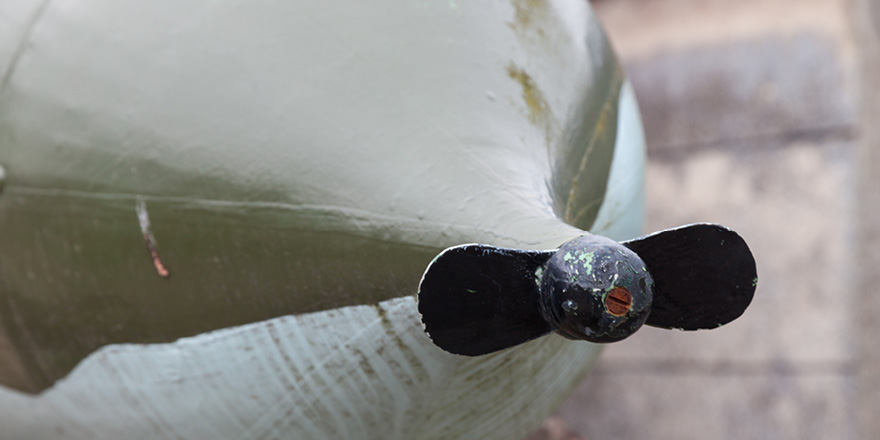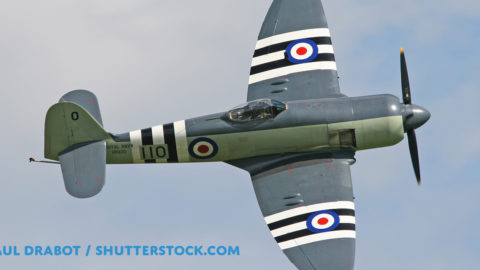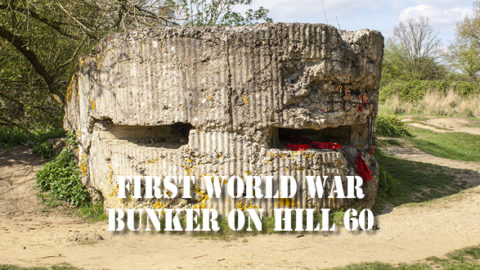Remembering The Southgate Blitz

This month marks the 74th anniversary of the devastating Southgate Blitz, an event in the summer of 1944 which would result in the death of seven Crawley residents and leave a further 44 seriously injured. To coincide with the anniversary, RH History Uncovered looks back Crawley’s fateful day.
Since the declaration of war in September 1939, towns and villages of Sussex had experienced heavy enemy bombing raids, attacks were especially severe in 1940 and 1944. Hundreds of civilians had been killed, thousands were hospitalised, and many lost their homes. Despite its relatively small size during the Second World War, Crawley suffered a considerable amount of aerial bombardment.
Crawley would witness a total of nine deaths and 69 injuries with aerial bombardment consisting of daylight tip and run attacks which would see enemy aircraft fly in low dropping bombs and machine gunning people in the streets. As technology developed during the war, the town went on to experience 44 deadly high explosives and three V1 flying bombs commonly known as doodlebugs.
The first and most serious raid on Crawley happened in February 1943 in West Green resulting in two deaths as the community’s school, bank and post office were bombed. However, July 10 would be
the date etched in most Crawley resident’s minds as on that day the town would be rocked by a devastating attack, that day a V1 flying bomb destroyed 15 houses.
The bomb fell on the junction of West Street and Oak Road, as well as destroying property, seven were left dead and 44 others were injured. Later that day or in the early hours of the following morning, a further V1 landed in the allotments on Malthouse Road, however, despite the evacuation by authorities of residents living nearby as a precaution, luckily the V1 flying bomb did not explode.
The Vergeltungswaffe-1, V1 flying bomb, or doodlebug had been developed as a frightening new weapon in the battle of the skies over Britain, including Crawley, despite the best efforts of heroic Spitfire pilots. The town had already faced the might of a Dornier 17 which was shot by aircraft and anti-aircraft gunfire, crashing at West Hoathly and a Messerschmitt ME110 shot down at Gatwick.
[box type=”shadow” align=”” class=”” width=””]Sussex By The Stormy Seas
Due to its coastal location, Sussex was at the frontline of UK defences, and the threat of invasion was real. Operation Sea Lion, a Nazi invasion plan identified Camber Sands, Winchelsea, Bexhill and Cuckmere Haven as vulnerable points to breach British defences. The beaches were no-go areas for civilians and barbed wire defences stood between the sea and the promenades, and heavy artillery lined Sussex’s iconic seafronts. The Home Guard was prepared for enemy invasion and was fully trained in unarmed combat and booby trap techniques in the event of a coastal invasion in Sussex. [/box]
By Jacob White



